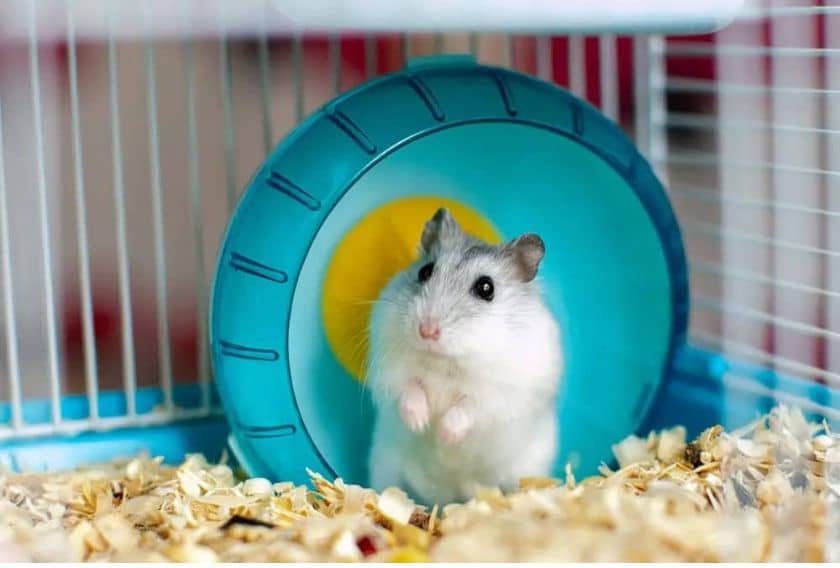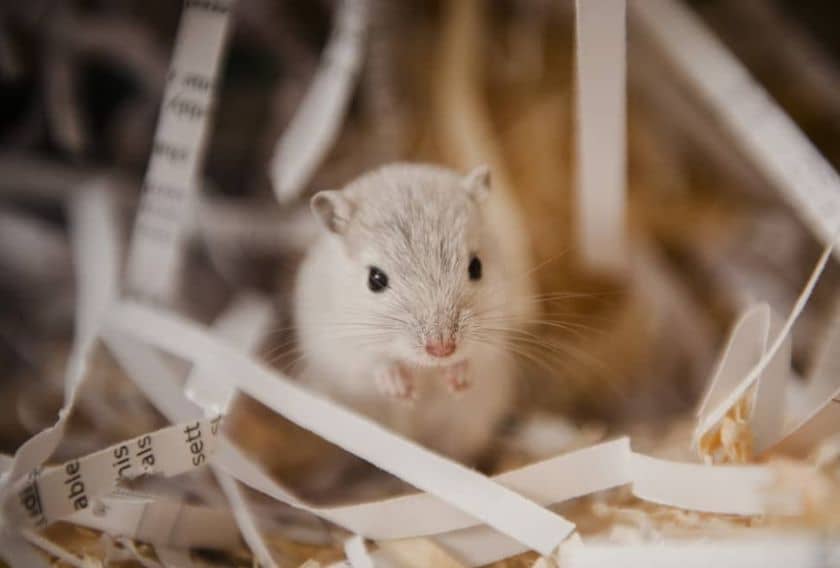Overview
Chinchilla lanigera and Chinchilla chinchilla, are two species of rodents out of which Chinchilla chinchilla is on the verge of extinction. However, C. lanigera is the species that includes domesticated chinchillas.
The Chinchilla lanigera is a furry creature with a thinner body, longer tail, and larger ears than the C. Chinchilla.
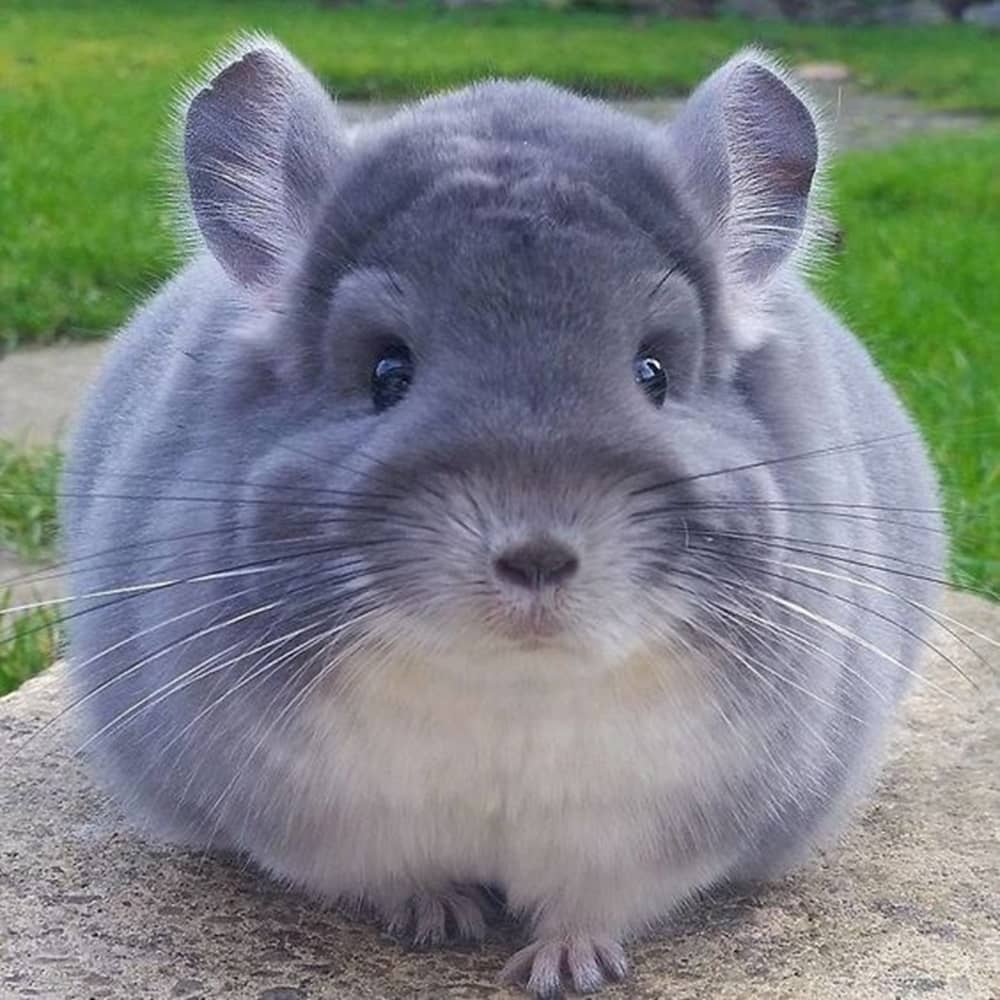
Some people keep domestic chinchillas as pets, which are descended from C. lanigera and can be categorized as a kind of pocket pet. The average size of their body is 9-14” with a nearly 3-6” long tail. The females are slightly larger than their male counterparts. The average weight of Chinchilla is around 500-700g.
They are renowned for their soft, dense fur, which comes in a variety of colors, including gray, white, black, ebony, violet, and beige. The Chinchilla’s coat is very thick and protects them from extreme cold. Their soft and dense fur makes them more vulnerable to hunting as their fur is used in making fabric.
These nocturnal creatures are social by nature and thrive in the company of their human companions. These social furry creatures are active and playful and become friendly if acclimated to human touch as babies.
Chinchillas can be found at elevations of nine to fifteen thousand feet, particularly in the Andes Mountains, and rocky arid regions in South America such as in Bolivia, Peru, and Chile.
Chinchillas Lifespan
In the wild, the average lifespan of a chinchilla is ten years; however, they could live up to 20 years in human care.
Male Vs Female Chinchilla
Both males and females are excellent pet chinchillas. They do have some characteristics which distinguish them and you can consider them while selecting which suits you.
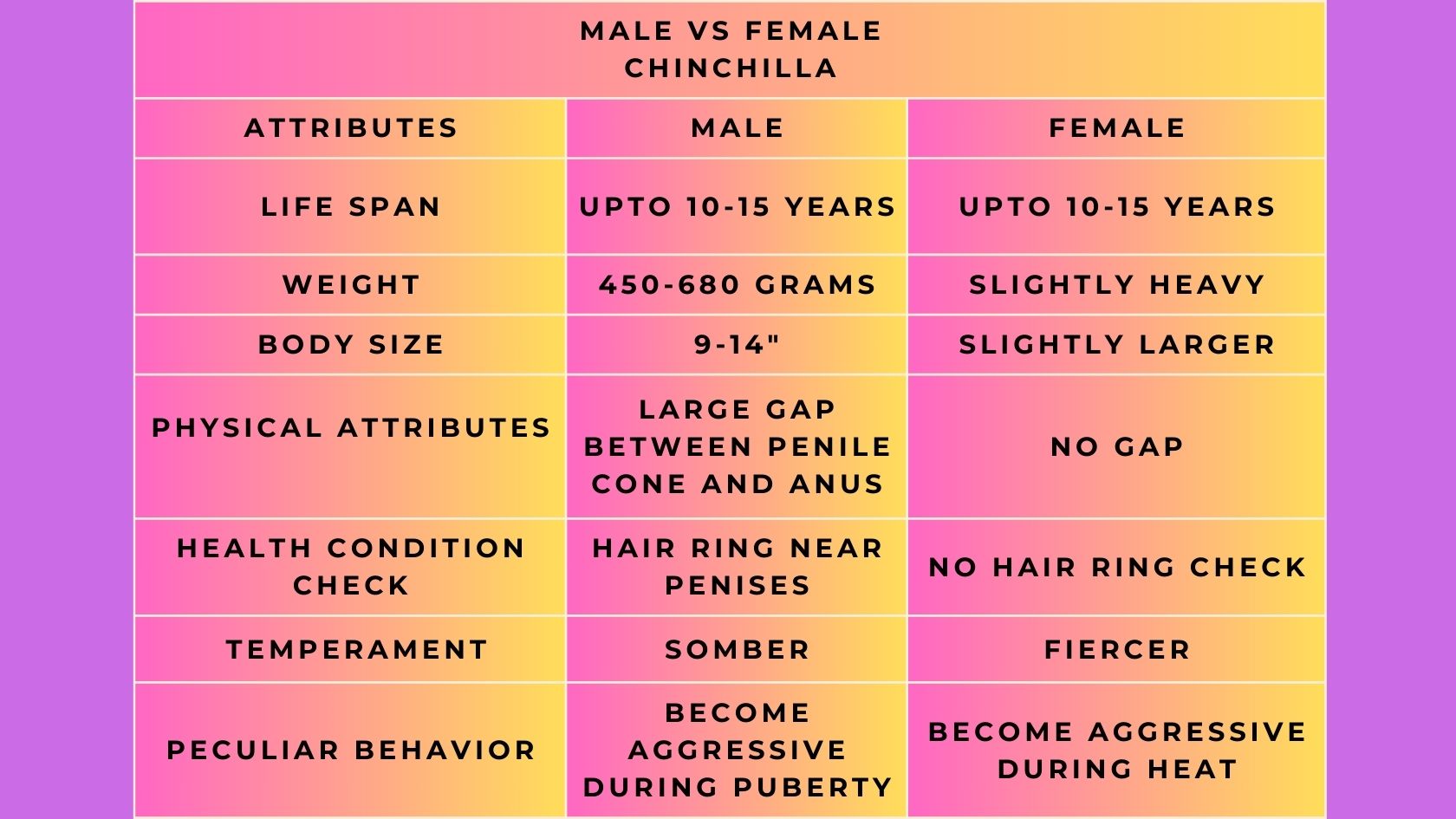
Behavior And Temperament Of Chinchilla
Chinchillas are very agile and active living beings with different temperaments. Some like to be held while some are curious to climb on you. While they may be shy in the beginning, with patience and gentle handling, chinchillas can become affectionate companions. They can be trained for handling. The chinchillas
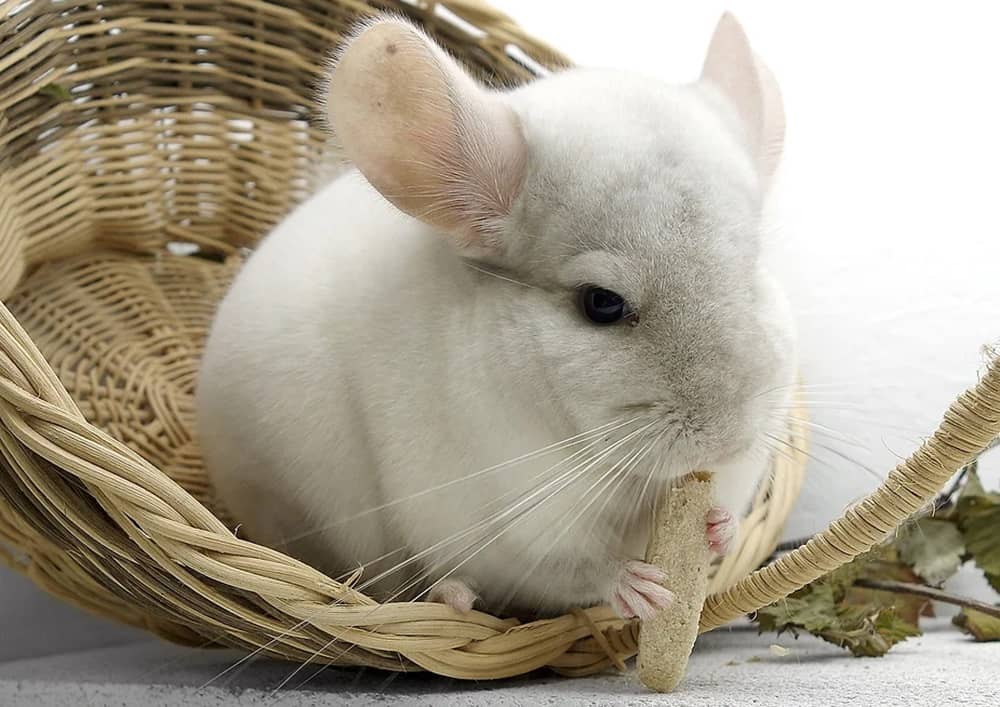
The Chinchillas are crepuscular and somewhat nocturnal which means that their activity level increases at night. They will forage for food and keep themselves busy in chewing stuff. It may be a negative aspect for those who are willing to keep them as a pet and enjoy their activities during the day.
The Chinchillas communicate through many sounds such as barking, squealing, grunting noises, and chirping. They can be kept as single or in pairs with the same sex.
How To Care For The Pet Chinchilla?
Maintaining the health and happiness of your chinchilla requires proper care. This involves giving them regular opportunities for exercise and mental stimulation in addition to a roomy cage with lots of areas to roam about in.
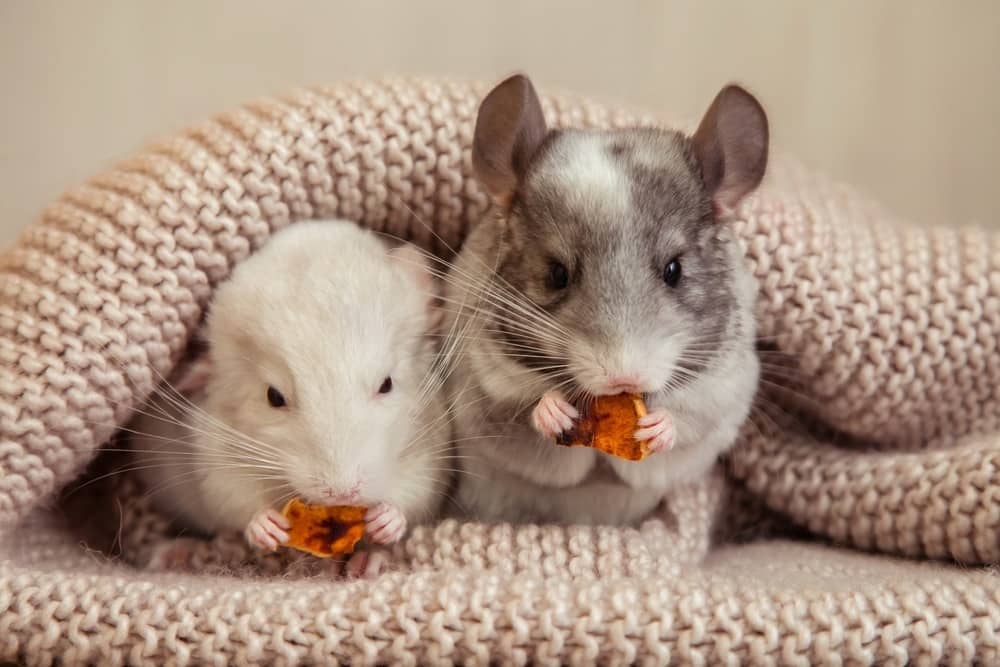
Pet chinchillas require easy access to food, water, and hiding places, where they can sleep undisturbed for extended periods. Moreover, chinchillas need dust baths at least a few times a week to maintain clean and healthy fur.
Chinchilla Cage
Chinchillas need a spacious habitat with multiple levels for climbing and exploring. Wire cages with solid flooring are ideal, as they allow for good ventilation and prevent the risk of foot injuries.
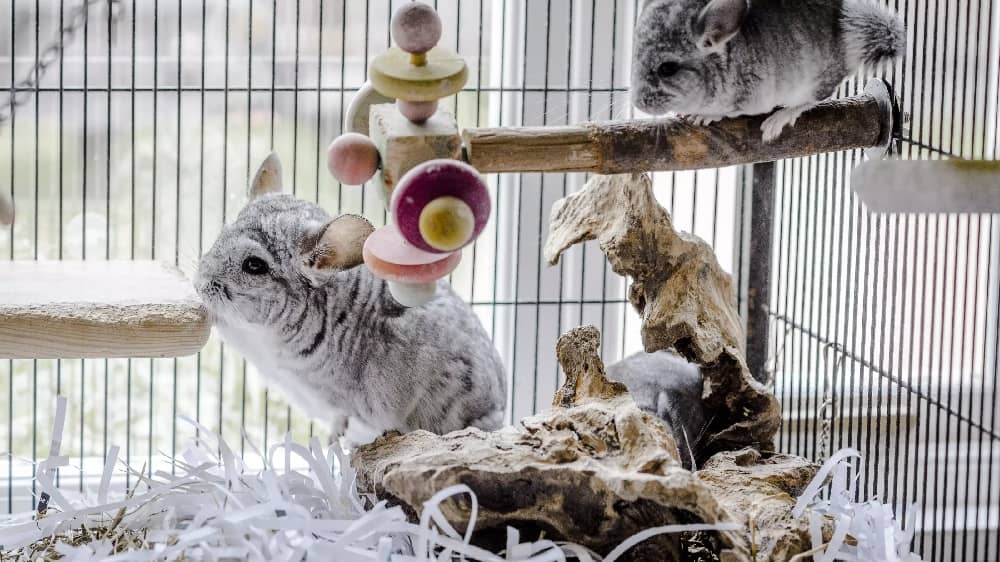
I use a 4-foot x 4-foot x 3-foot cage to keep my little furry friend. You can go for a larger one as well. The larger the better. The temperature of the cage should be maintained between 65-80 degrees Fahrenheit.

It’s also important to provide plenty of chew toys and hiding spots to keep your chinchilla entertained.
Specific Substrate Needs
Chinchillas require a bedding material that is safe for their sensitive respiratory systems. High-quality bedding is a good absorbent such as Aspen shavings or paper-based bedding are popular choices. The crumbled paper bedding is equally good as it is dust-free and does not clog the intestine if ingested. Avoid using cedar or pine shavings, as they can be harmful to chinchillas’ health.
Toys For Exercise
Regular exercise is essential for keeping your chinchilla healthy and happy. You should provide opportunities for your pet to run, jump, and play outside of their cage in a safe and supervised environment.
An Exercise wheel designed for small rodents with solid flooring is a must to maintain the agility of your furry friend.
Chew toys such as “Chinchilla Block” or Pumice Block” give good exercise to chinchillas and help to wear down overgrowing teeth.

Lava perch for chinchillas encourages natural jumping exercises. Made of pumice rock and is completely safe to chew and promotes clean and healthy teeth. These comes with a screw and therefore can be attached to the bars easily.
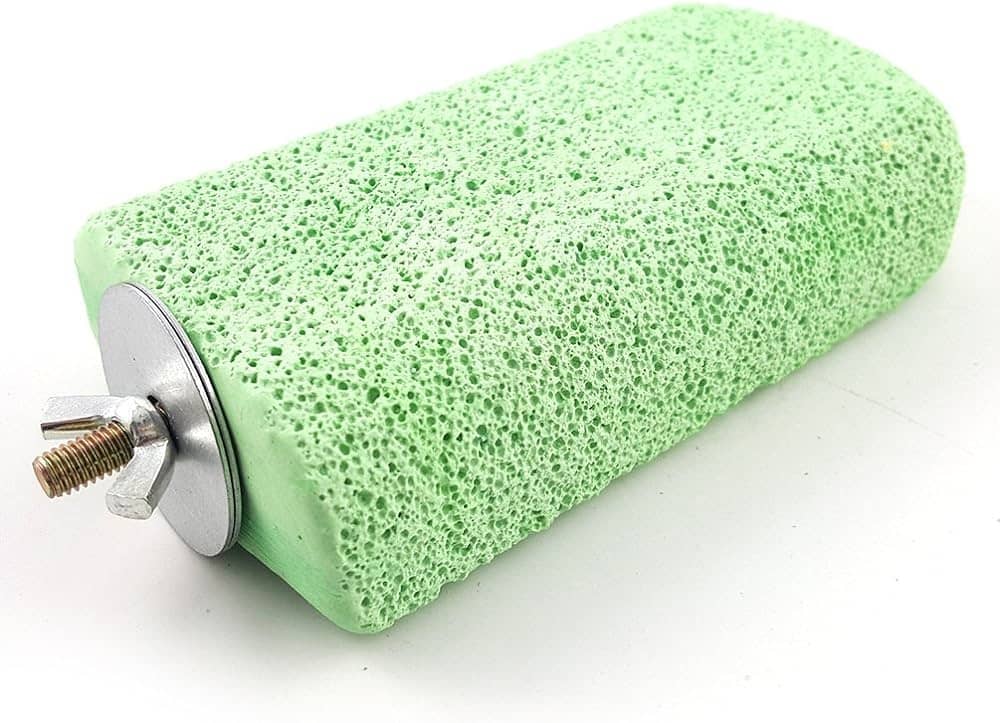
An indoor playpen is also great for giving a good environment to your pet chinchilla. If you have an extra room in your house, you can give that to your pet to explore every corner. Don’t forget to remove electric cables, carpets, or any other chewable material from that area and make it chinchilla-proof before keeping your pet in that room.
A special Box For Sand Bath
The animals instinctively clean their fur by taking dust baths, in which they roll around in special dust made of fine pumice, a few times a week; they do not bathe in water. Their thick fur resists parasites, such as fleas.
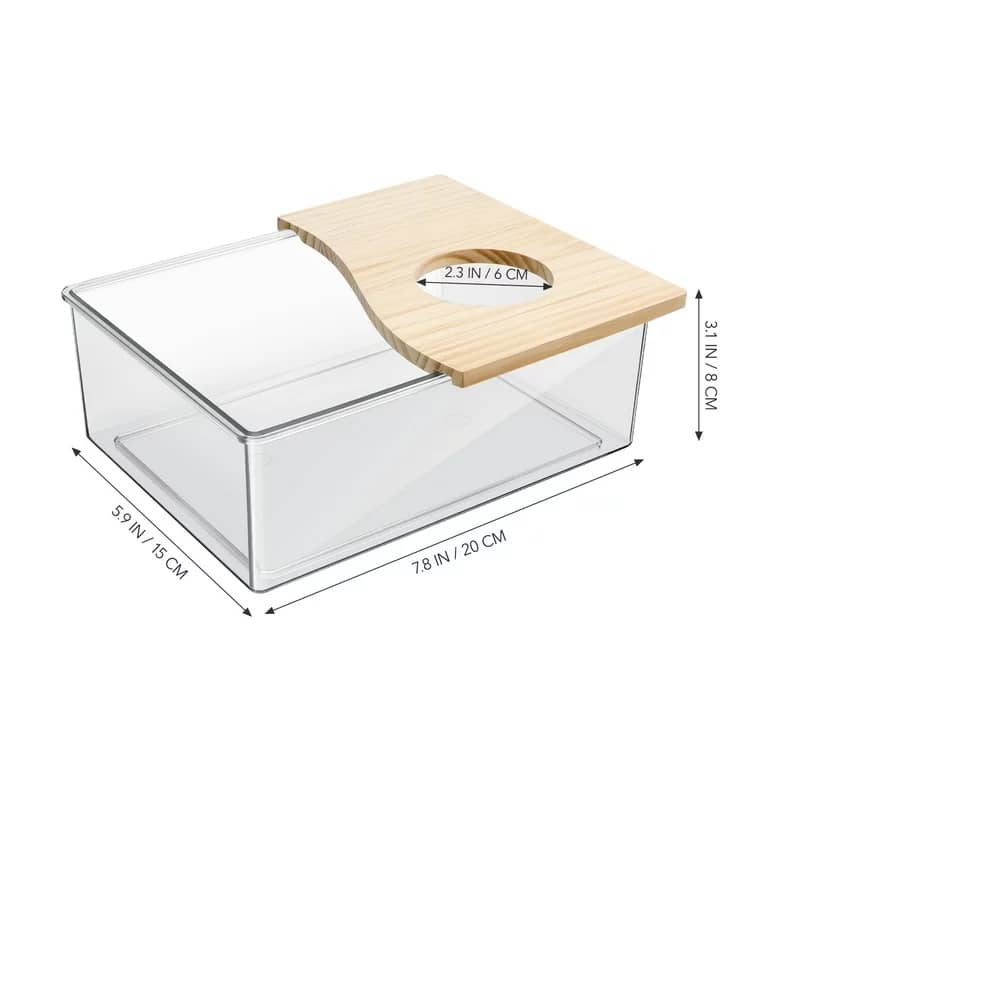
Litter Box in its Cage
.A litter box can be used to potty train your tarantula. It would be better if you identify the favourite place of your chinchilla , where it frequently urinates. You can place the litter box at that place. Moreover, scooping out the wet bedding and transferring it to the litter box will help chinchilla to come to identify it faster.
The olfactory cues help your chinchilla to pee in the litter box next time. Regular cleaning of the litter box is a must for maintaining hygiene in the enclosure.

Food For Chinchilla
A well-balanced diet is crucial for your chinchilla’s health. Chinchilla, a herbivore prefers to eat leafy greens, carrot tops, and bell peppers but it may eat insect or bird eggs in the wild.
A well-balanced diet includes a combination of high-quality pellets, fresh hay, and occasional treats such as fruits and vegetables. Timothi hay, grass hay, orchard hay, and oat hay are good sources of fiber. The Alfa Alfa hay is high in calcium and should be given to either baby chinchillas or nursing mother chinchillas .
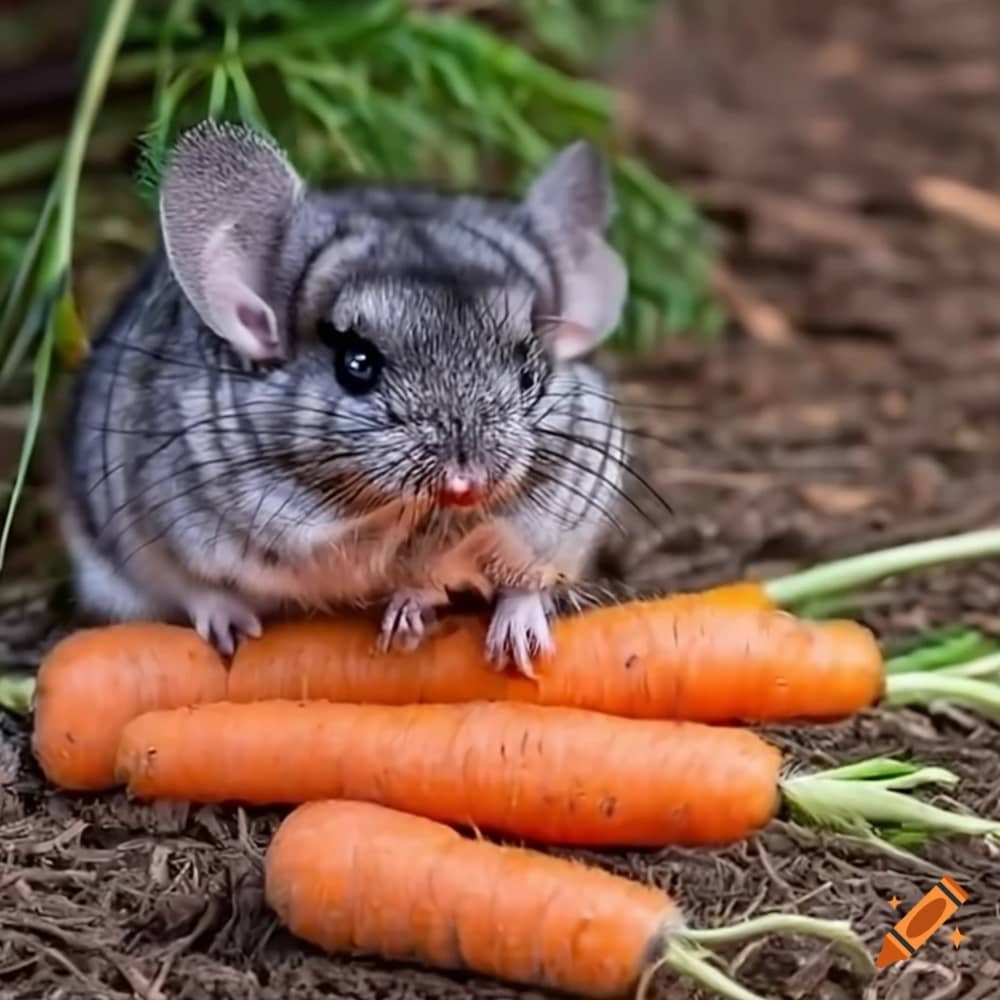
You can maintain the balance in chinchilla’s diet by adding at least 16-20% protein, 2-5% fat, and 15-30% fiber from various sources.
The chinchillas have a sweet tooth and therefore prefer to eat selectively if you serve treats mixed with the main diet. You should never feed chocolates or caffeine to your furry friend instead an apple slice, raisins or dried cranberries are good alternatives.
It’s important to avoid feeding your chinchilla foods that are high in sugar or fat, as these can lead to digestive issues and obesity. It is advisable to limit the treats to a maximum of 10% only.
Handling Of The Pet Chinchilla
The chinchillas are delicate animals and require careful handling with caution and kindness.
Chinchillas have fragile bones, especially their rib cage, so you should avoid squeezing or applying pressure and handle them with gentle movements to prevent injury. Try to support your chinchilla’s body with both hands when lifting it and put one hand beneath its torso and the other beneath its rear end. And then lift it slowly and equally distribute the weight. In this way, you give time to your chinchilla to build trust with you.

The curious little creatures are timid by nature and can be defensive if stressed therefore a gradual and gentle approach is required while picking them. They can be habituated to human touch at an early age.
Chinchillas are typically highly social creatures, so owners should interact often with their pets. They also have sensitive hearing and are easily startled by loud, unexpected noises.
Good Health Sign Of Chinchilla
Like all pets, chinchillas are susceptible to a variety of health issues, including dental problems, respiratory infections, and gastrointestinal issues. A healthy chinchilla looks active and alert and will eat and drink normally. The fur around the mouth and chins will be clean and dry indicating the perfect health of your furry friend. There will be no discharge from the nose or eyes.
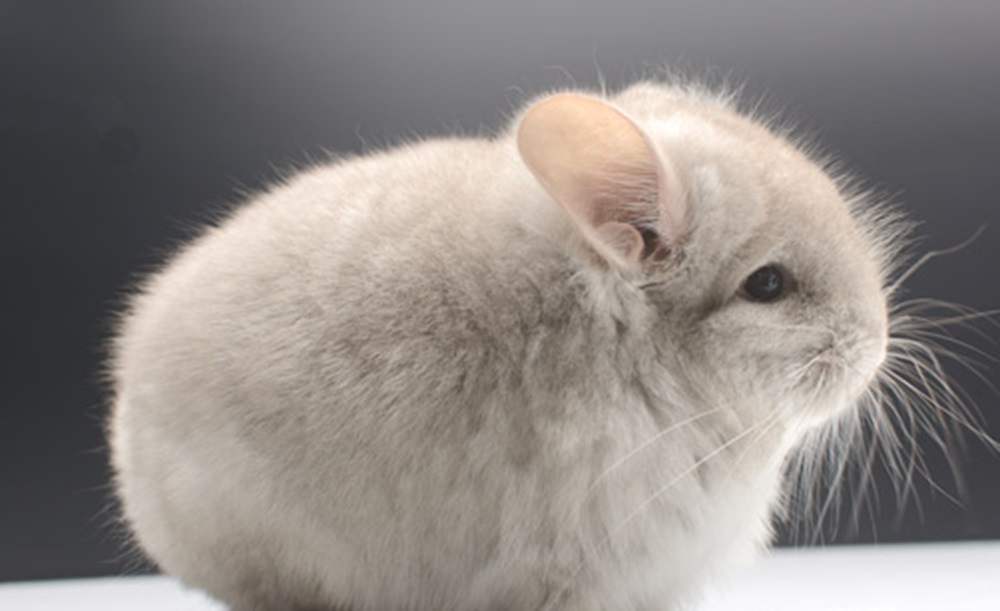
Signs Of Ill Health
It’s important to monitor your chinchilla closely for any signs of illness, such as decreased appetite, lethargy, or difficulty breathing, and seek veterinary care if necessary.
Some common signs of ill health in chinchillas include:
- Loss of appetite
- Lethargy
- Abnormal Hair Loss
- Weight loss
- Skin Leisens
- Diarrhea or Dirty Bottom
- Lack of fecal pellet
- Drooling or wet fur
- Loss of fur
- Bloated Appearance
- Distressed breathing
- Eyes and Nasal Discharge
- Overgrown Teeth
If you notice any of these symptoms in your chinchilla, it’s important to seek veterinary care as soon as possible.
Grooming
Chinchillas will spend a significant amount of time grooming themselves. However, they also require regular dust baths to keep their fur clean and healthy. I provide a shallow dish filled with sand to my pet to bathe in a sand box.

Related Species
Chinchillas are members of the rodent family, which also includes other popular pets such as guinea pigs and hamsters. While they may share some similarities in terms of size and care requirements, each species has its own unique characteristics and needs.
- Guinea Pigs
- Gerbils
- Hamsters
- Degu
- Rats
- Ferret
Fun Facts About The Pet Chinchilla
The Chinchillas are curious and playful pets and there are many interesting facts about them which makes them unique.
- The chinchilla has the densest fur of all mammals that live on land, with around 20,000 hairs per square centimeter and 50 hairs growing from each follicle
- Chinchillas can chew almost anything- carpet, cables, or drywall.
- The chinchilla is named after the Chincha people of the Andes, who once wore its dense, velvet-like fur
- Chinchillas are trapped to extinction after being hunted for their ultra-soft fur.
- The coat of Chinchilla coat is nearly 30 times softer than human hair.
- The chinchillas are highly social creatures
- Chinchillas formerly occupied the coastal regions, hills, and mountains of Chile, Peru, Argentina, and Bolivia.
- In their native habitats, chinchillas live in burrows or crevices in rocks. They are agile jumpers and can jump up to 1.8 m
- Chinchillas live in social groups that resemble colonies but are properly called herds. Herd sizes can range from 14 members up to 100
- Their gestation period is 111 days, longer than most rodents.
- One of the chinchillas’ defenses is to throw off hair. If a predator tries to bite a chinchilla, the chinchilla will release fur, leaving the attacker with a mouthful of fur while the chinchilla escapes.
- Chinchillas communicate through a variety of vocalizations, including chirps, barks, and purrs.
- Food is pass through their gut and special droppings(called Caecotrophs) are produced. Chinchillas eat these droppings and digest them again.
- Chinchillas have large ears that help them regulate their body temperature in their native mountain habitat.
- The Chinchillas have open-rooted teeth which means the teeth keep on growing throughout their life
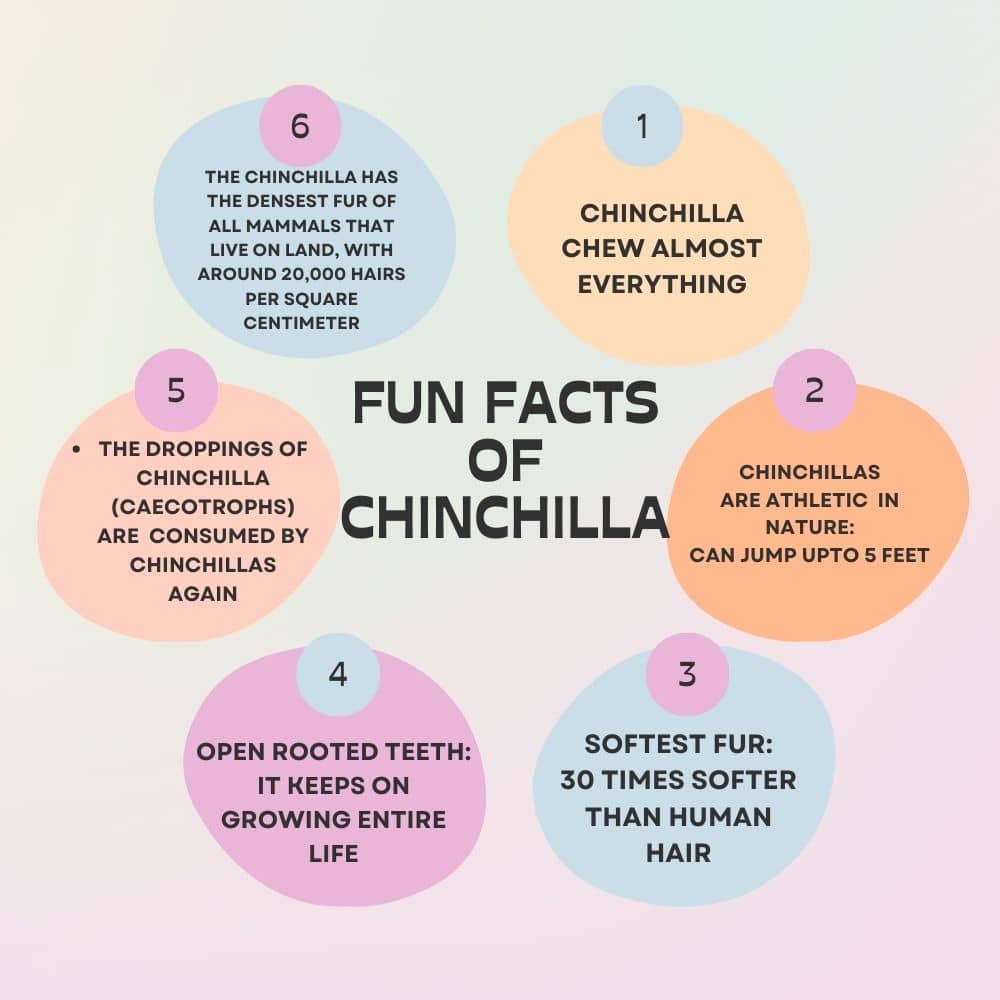
Upkeep Cost
The cost of keeping a chinchilla can vary depending on factors such as housing, food, and veterinary care. On average, you can expect to spend around $20 to $50 per month on food and bedding, with additional expenses for toys, grooming supplies, and veterinary care as needed.
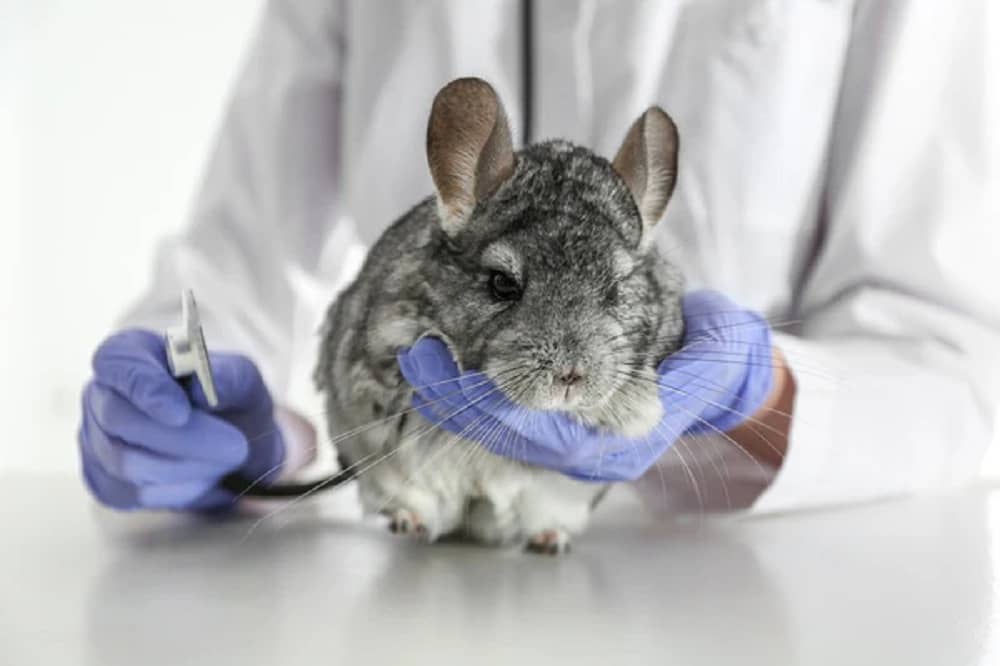
Where To Buy
The Chinchillas have become popular pets and are easily available at pet stores. Moreover, you can also get them through authentic breeders and rescue groups.The cost of a Chinchilla is in between $20- $50 depending upon the color, age, and gender of the Chinchilla. A chinchilla needs new food, water, and socialization every day, just like a dog or cat does. Since chinchillas can live up to 20 years or more, this is a long-term commitment. Therefore you should take your pet chinchilla from an authentic pet store or breeder.
Frequently Asked Questions About Chinchillas
Question1. Are chinchillas good pets for children?
Answer: Chinchillas are very delicate creatures and need to be handled wisely. Chinchillas can make wonderful pets for responsible children under adult supervision.
Question2. How much space do chinchillas need?
Answer: Chinchillas require a spacious cage with multiple levels for climbing and exploring.
Question 3 Are Chinchilla mice?
Answer: Chinchillas are from the rodent family and look similar to mice but two are very different.
Question 4 :Do Chinchillas enjoy handling”
Answer: The chinchillas do not prefer to much handling but they can be trained for human touch when they are young.
Question 5: Can chinchillas be litter-trained?
Answer: Yes, with patience and consistency, chinchillas can be litter-trained to use a specific area for urination and defecation. You can use a litter box inside the cage for this purpose.
Question 6: Do chinchillas bite?
Answer: The Chinchilla can bite if you startle them with a sudden pick. The chinchillas may bite if they are under stress.
Question 7: What is the lifespan of Chinchilla?
Answer: The Chinchillas can live up to 20 years in captivity if they are taken good care. The longest life of a chinchilla in captivity is recorded to be 29 years.
Question 8: Do Chinchilla smell?
Answer: The chinchillas are clean creatures and don’t smell.
Question 9: What are the downsides of keeping Chinchillas as a pet?
Answer: They are expensive pets with a high upkeep cost. They need a lot of attention from the owner. Moreover, the chinchillas are nocturnal and can create disturbance to you.
Question 10: What does your Chinchilla need in its cage?
Answer: Chinchillas require regular care and attention and you need to provide safe bedding, chewsticks, exercise wheels, and toys to keep your furry friend busy.

